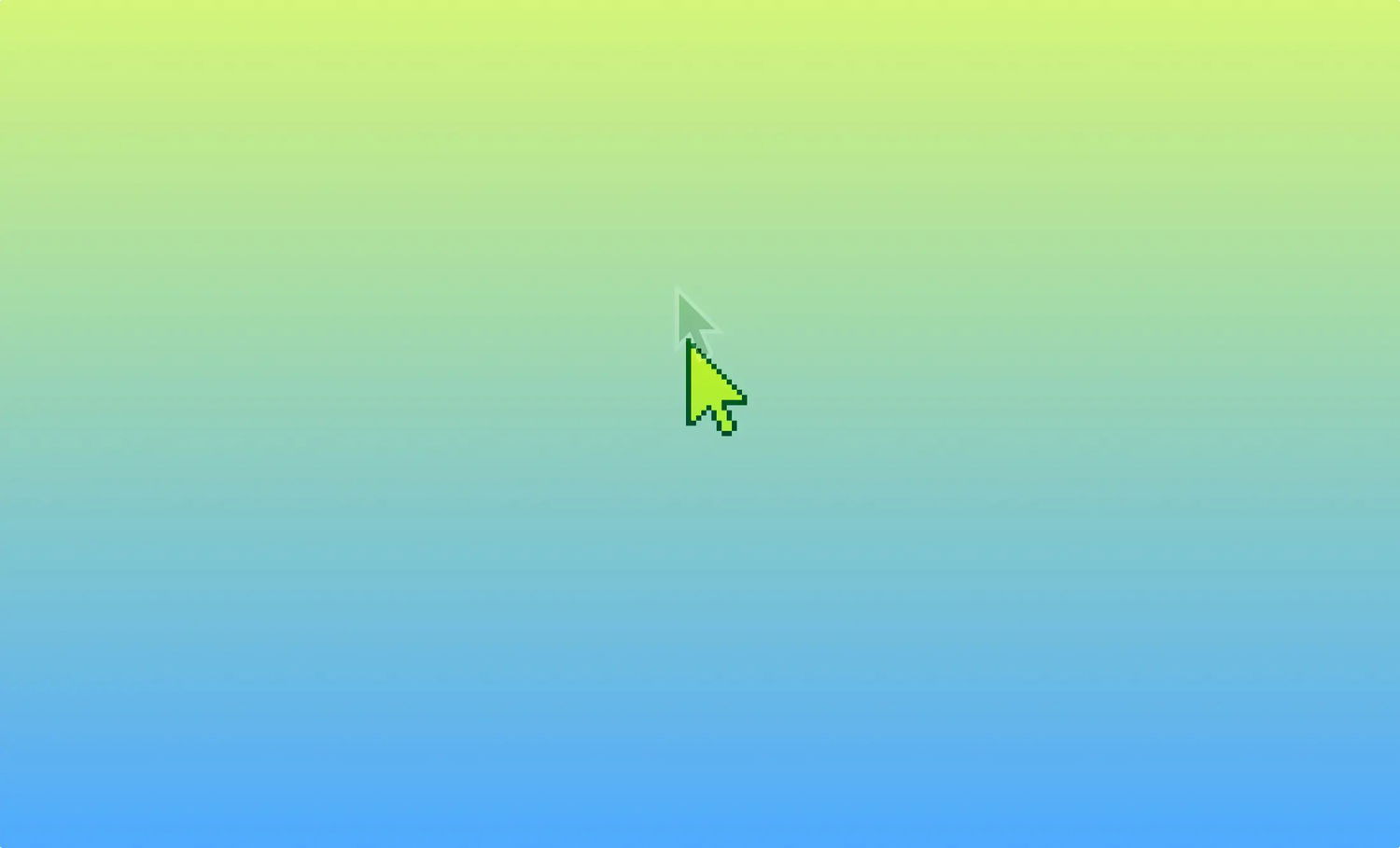
To follow this tutorial, you will need a Webflow plan that allows you to add custom code to the page settings.

<style> /*Here, we apply the cursor to the entire body of the page */ body { cursor: url("https://assets.website-files.com/62b4bd6cba746d2cdc4c91f3/62da75b2fd32687d1821a120_Black-Pixel-Mouse-Cursor-Arow-Fixed%201.svg"), auto !important; } /*Here we apply the hover state cursor to elements that are not links */ .cursor-hover:hover { cursor: url('https://assets.website-files.com/62b4bd6cba746d2cdc4c91f3/62da79a3cd4961ad16c22ac6_Mouse-cursor-hand-pointer%201.svg'), auto !important } /*Here we apply the custom hover state cursor to all a tags when hovered over */ a:hover { cursor: url('https://assets.website-files.com/62b4bd6cba746d2cdc4c91f3/62da79a3cd4961ad16c22ac6_Mouse-cursor-hand-pointer%201.svg'), auto !important } </style>